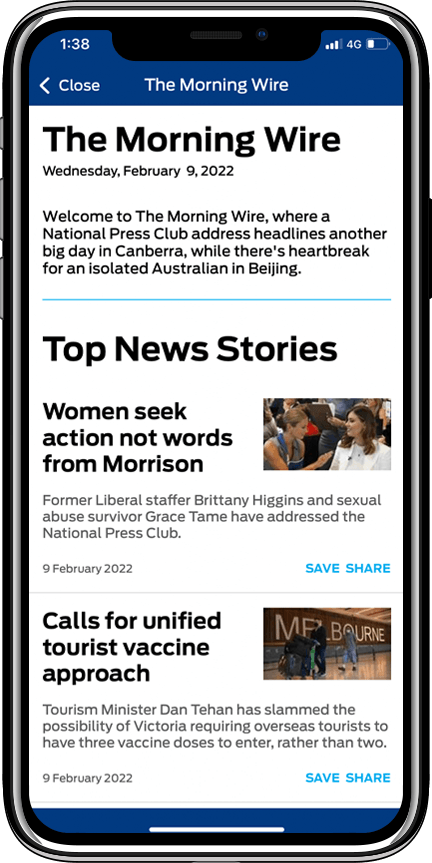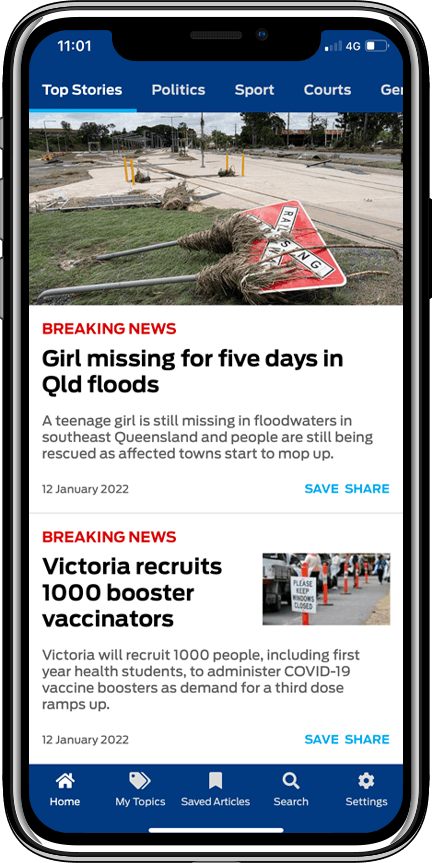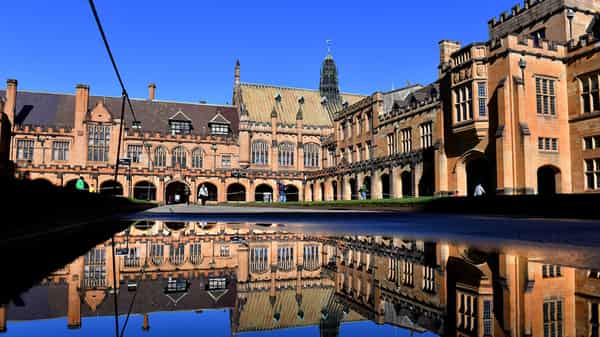
The federal government is accused of throwing "small change" at the looming bird flu threat after its own threatened species commissioner warned it could be Australia's worst ecological disaster.
Fiona Fraser has painted a confronting picture about what the nation can expect when the virus that's devastated wildlife overseas arrives.
She says there'll be no avoiding mass deaths from H5 High Pathogenicity Avian Influenza, which could arrive any day with migratory birds from the north and the south.
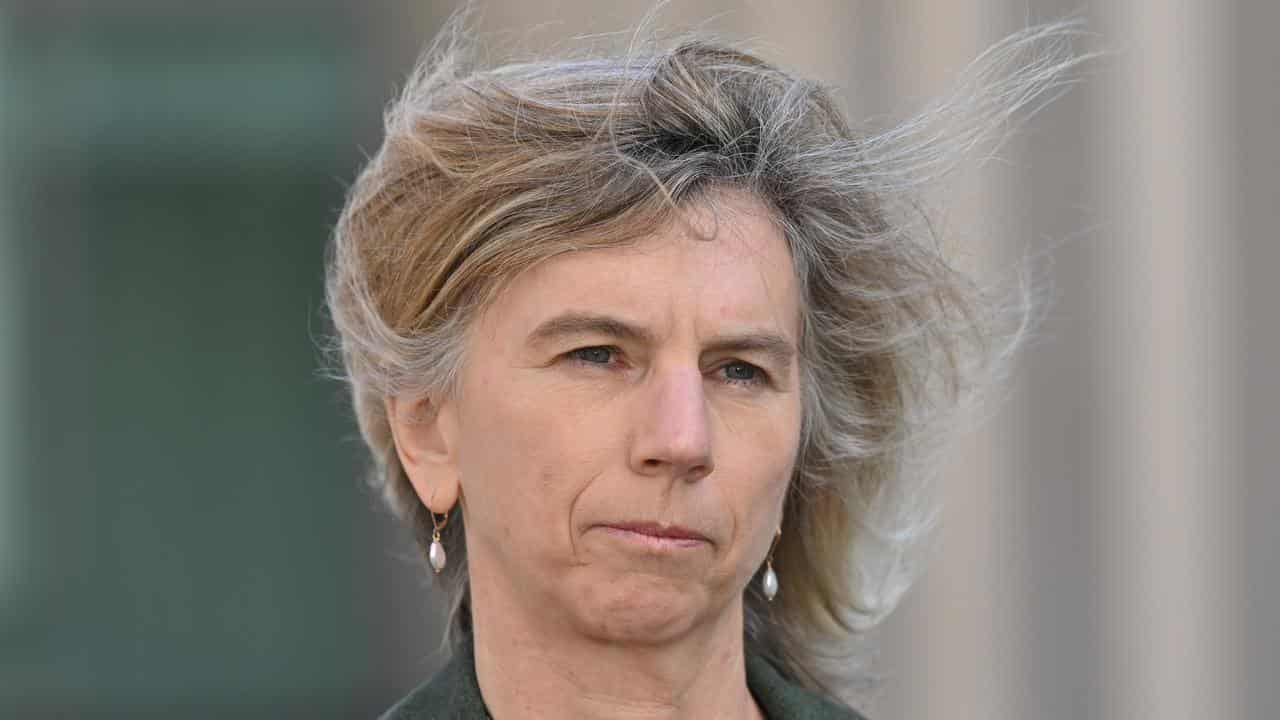
The consequences could be grave for imperilled species including endangered Australian sea-lions and Tasmanian devils, with Dr Fraser warning it could be worse than the devastating Black Summer fires.
An estimated three billion animals perished in those fires, with dozens of species up-listed into higher categories of concern due to increased risks of extinction.
The Invasive Species Council has long been calling for more funds to get response systems in place for a virus Dr Fraser is certain will arrive, including safeguards for critical wildlife populations.
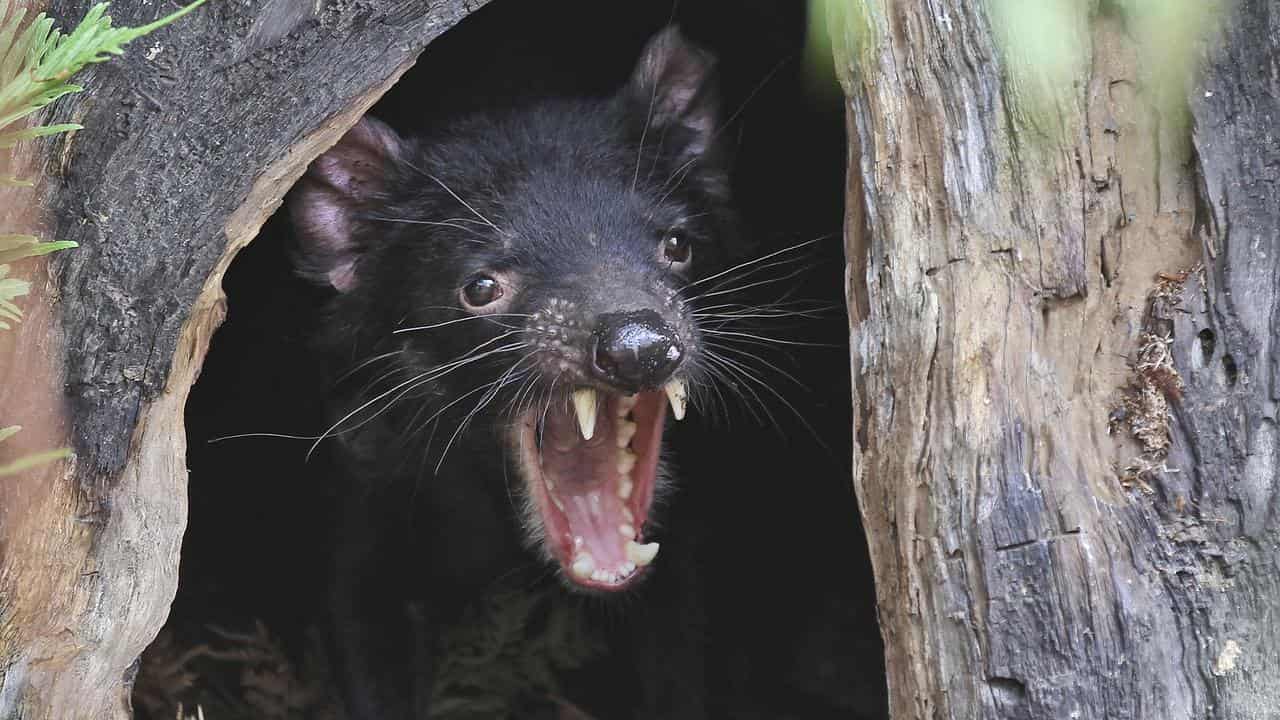
Bird flu doesn't just affect birds, although the virus has taken a devastating toll on avian species worldwide.
It has also decimated some mammal species. South America, for example, has suffered extraordinary losses of marine mammals including sea lions, dolphins and otters. A single site in Argentina has seen 17,000 elephant seal pup deaths.
Environment Minister Tanya Plibersek said on the weekend planning was underway for a bird flu meeting involving environment ministers from around Australia.
But AAP understands it was news to some of her state and territory colleagues.
Ms Plibersek did not answer AAP's questions about when and where the meeting would be held but said it would be soon.
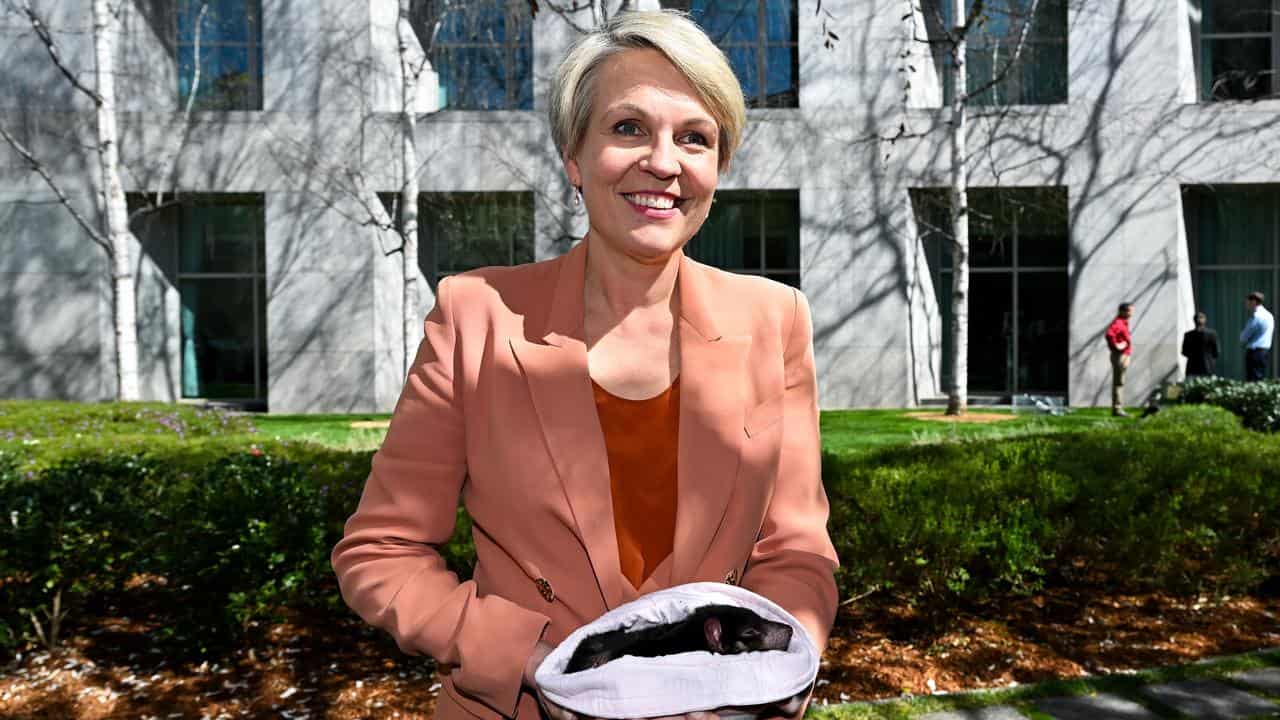
Invasive Species Council campaigner Jack Gough says Australia's preparations so far have been woefully underfunded and inadequate, given the scale of the threat.
He says most of a $7 million package announced earlier this year by federal Agriculture Minister Julie Collins is about surveillance and limiting impacts to poultry producers, with the amount set aside for wildlife "pitiful".
"It's like throwing small change at a looming catastrophe which if it turns up, Australians are going to rightly see as negligence," Mr Gough said.
He welcomed news of the environment ministers' meeting, but says the lack of cash and leadership by the federal government has stymied action by the states and territories.
Dr Fraser told The Australian newspaper a range of response measures were being looked at, including targeted vaccination programs and the early removal of infected bird carcasses, to slow transmission.
Mr Gough says locations overseas have reported benefits from carcass removal but he's yet to see any plans for high-risk sites like Kangaroo Island - the most important colony for endangered Australian sea lions.

He says those within the government have made to clear to him there's no money to do anything meaningful for wildlife.
"Senior departmental bureaucrats from agencies across the country, not just the Commonwealth, having been making clear to us that their ambition when it comes to saving wildlife is limited by the fact they don't have money.
"And they are worried that any money they do allocate to this will just come from other environmental priorities."
The government's bird flu response has been led by the federal agriculture department.
Preparations so far have included a war-games style exercise that involved various agencies and stakeholders testing their hypothetical response to the arrival of the virus.


